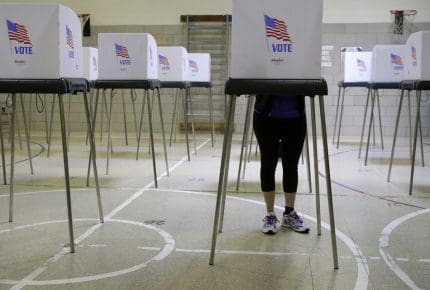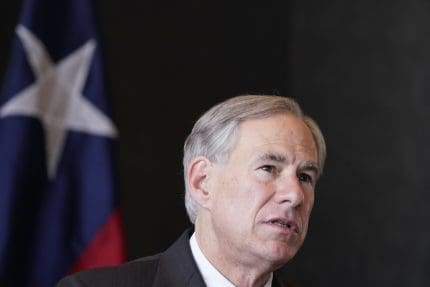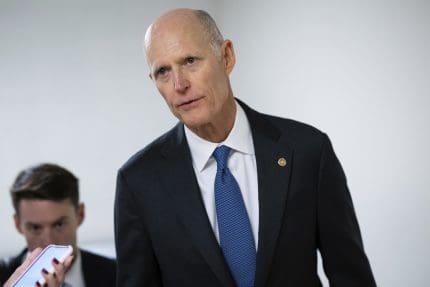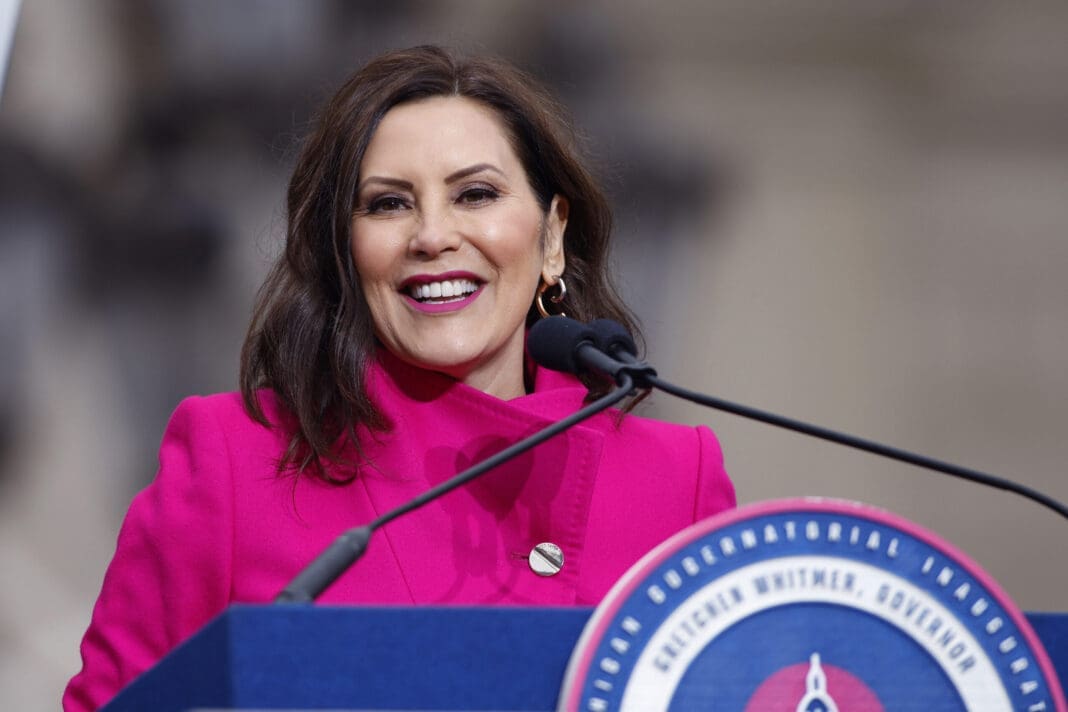Inflation falls after Biden takes actions to increase fuel supply & address supply chain
To notable economic impact, President Joe Biden has released millions of barrels of oil into the market and prioritized improvement of the supply chain.

On Wednesday, the Department of Labor reported that overall consumer prices did not increase throughout July 2022, reversing the trend of rapidly increasing inflation over the last year.
By comparison, the report released in June showed a 1.3% increase in prices from the month before. A poll of economists from the Wall Street Journal had previously expected prices to go up 0.2%.
Aneta Markowska, chief economist at investment bank Jefferies told CNBC, “Things are moving in the right direction. This is the most encouraging report we’ve had in quite some time.”
Reflecting the report’s determination, gas prices have fallen from record highs, which follows the record release of fuel from the Strategic Petroleum Reserve by President Joe Biden.
July’s report showed a 7.7% decline in gas prices from the month before, with energy prices also declining. According to the American Automotive Association (AAA), the national average price for a gallon of gas is currently down to $4.01. The national average hit a high of $5.02/gallon in June, but has continuously lowered for 57 consecutive days.
In March, Biden ordered the release of one million barrels of oil per day from the strategic reserve over a six-month period, totaling a record number of 180 million barrels. In a speech announcing the release, Biden called it “a wartime bridge to increase oil supply until production ramps up later this year.”
In an analysis released by the Treasury Department in July, it was estimated that the release resulted in lowering gas prices anywhere from 17 to 42 cents per gallon. “This decline in prices had meaningful benefits for American consumers and helped to mitigate the impacts of rising gas prices on economywide inflation,” the Department noted in a statement.
Wednesday’s Department of Labor report also showed that prices for other goods are decreasing, as existing issues in the supply chain that prevented or slowed the delivery of goods begin to alleviate. Problems with the supply chain have existed for years: they resulted in widespread shortages in goods like medical equipment and toilet paper during former President Donald Trump’s administration. Those problems were exacerbated by the ongoing COVID-19 pandemic, especially since many goods are produced in China, where the pandemic began.
Since Biden took office in January 2021, his administration has made clear it is prioritizing efforts to improve the supply chain. That February, the administration announced the creation of a task force to address the supply chain that, in June 2021, issued a report with recommendations to be implemented.
Changes — such as the start of 24/7 operations at the Port of Los Angeles and commitments from major companies like Walmart, UPS, and Fedex to improve their procedures to allow transport of more goods — were announced and the difference has been noticeable. Last month, the New York Federal Reserve’s Global Supply Chain Pressure Index reported that supply chain pressures had declined, continuing a trend from the previous two months.
Phil Levy, chief economist for freight forwarder Flexport, told the New York Times this week, “It’s a massive traffic jam that is now unclogging.”
Published with permission of The American Independent Foundation.
Recommended

Biden calls for expanded child tax credit, taxes on wealthy in $7.2 trillion budget plan
President Joe Biden released his budget request for the upcoming fiscal year Monday, calling on Congress to stick to the spending agreement brokered last year and to revamp tax laws so that the “wealthy pay their fair share.”
By Jennifer Shutt, States Newsroom - March 11, 2024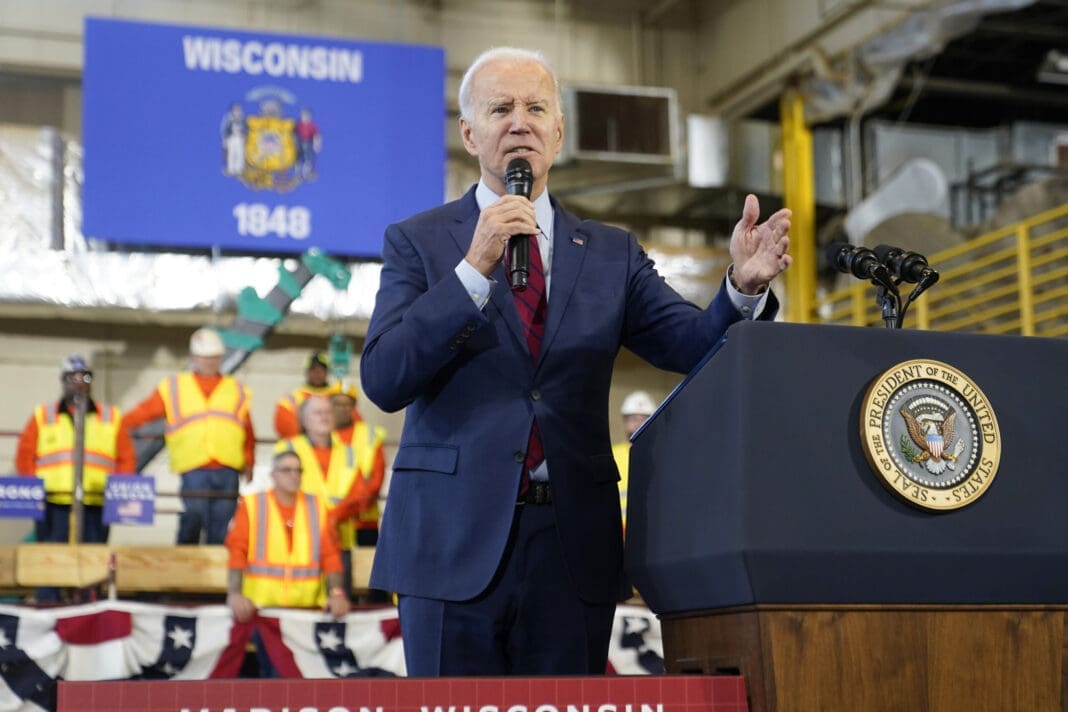
December jobs report: Wages up, hiring steady as job market ends year strong
Friday’s jobs data showed a strong, resilient U.S. labor market with wages outpacing inflation — welcome news for Americans hoping to have more purchasing power in 2024.
By Casey Quinlan - January 05, 2024
Biden’s infrastructure law is boosting Nevada’s economy. Sam Brown opposed it.
The Nevada Republican U.S. Senate hopeful also spoke out against a rail project projected to create thousands of union jobs
By Jesse Valentine - November 15, 2023
























